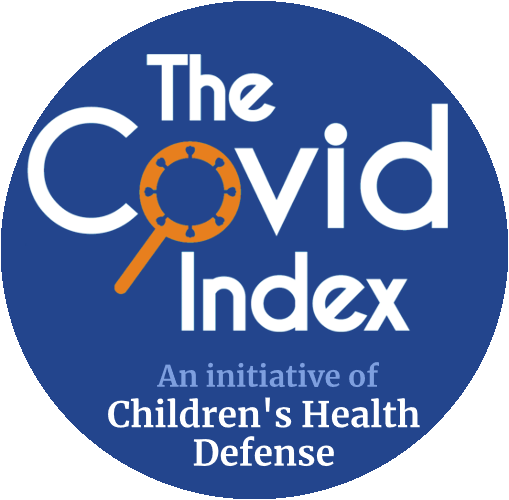"Abstract
...[P]harmacovigilance studies have revealed the existence of rare cases of cardiovascular complications after mass [Covid] vaccination... Cases of high blood pressure have also been reported but were rarely documented under perfectly controlled medical supervision... Thereby, our attention was quickly focused on issues involving the risk of myocarditis, acute coronary syndrome, hypertension and thrombosis. Rare cases of undesirable post-vaccine pathophysiological phenomena should question us, especially when they occur in young subjects. They are more likely to occur with inappropriate use of mRNA vaccine (e.g., at the time when the immune response is already very active during a low-noise infection in the process of healing), leading to angiotensin II (Ang II) induced inflammation triggering tissue damage. Such harmful effects observed after the COVID-19 vaccine evoke a possible molecular mimicry of the viral spike transiently dysregulating angiotensin converting enzyme 2 (ACE2) function...
6. Incidence Rates of Acute Myocardial Infarction, Deep Vein Thrombosis, Pulmonary Embolism, Myocarditis and Pericarditis Following COVID-19 Vaccine
... After the first alerts from the medical community regarding possible adverse effects of COVID-19 vaccination, many countries have attempted to set up enhanced surveillance to record adverse events and evaluate COVID-19 vaccine safety. However, the incidence rates varied greatly between databases. The multiple press release of preliminary information regarding warning signals triggered a huge debate over COVID-19 vaccine safety, both at the level of medical experts, politicians and the world population, some of whom have shown growing hostility to vaccination.
To date, the most documented study on this topic has been reported by Li and colleagues who have tried to quantify the background incidence rates of 15 pre-specified adverse events of special interest (AESIs) associated with COVID-19 vaccines. They found considerable heterogeneity between geographies, vaccine formulation and databases and suggest caution when interpreting the differences between clinically observed and expected rates according to vaccine surveillance. The AESIs definition as well as the data model may be different from country to country, showing the need for standardization for safety surveillance. Considerable variability was also found between age group and sex, as illustrated in Table 2, which was designed according to data published by Li and colleagues. The incidence of each AESI depends mainly on the type of vaccine formulation and the age of the patients. There is certainly a paradox. Indeed, some cardiovascular side effects increase with age, but elderly patients are very often treated long-term to prevent these pathologies. Thus, the incidence rates recorded are probably underestimated. Moreover, it is not possible to establish the incidence rate of hypertensive episodes, because the studies use different criteria to evoke the notion of hypertension. According to Kim and colleagues, COVID-19 mRNA vaccines have a much higher risk for hypertensive crisis (adjusted odds ratio 12.72, 95% CI 2.47–65.54)."
© 2023 by the authors. Licensee MDPI, Basel, Switzerland.
This article is an open access article distributed under the terms and conditions of the Creative Commons Attribution (CC BY) license (https://creativecommons.org/licenses/by/4.0/).
